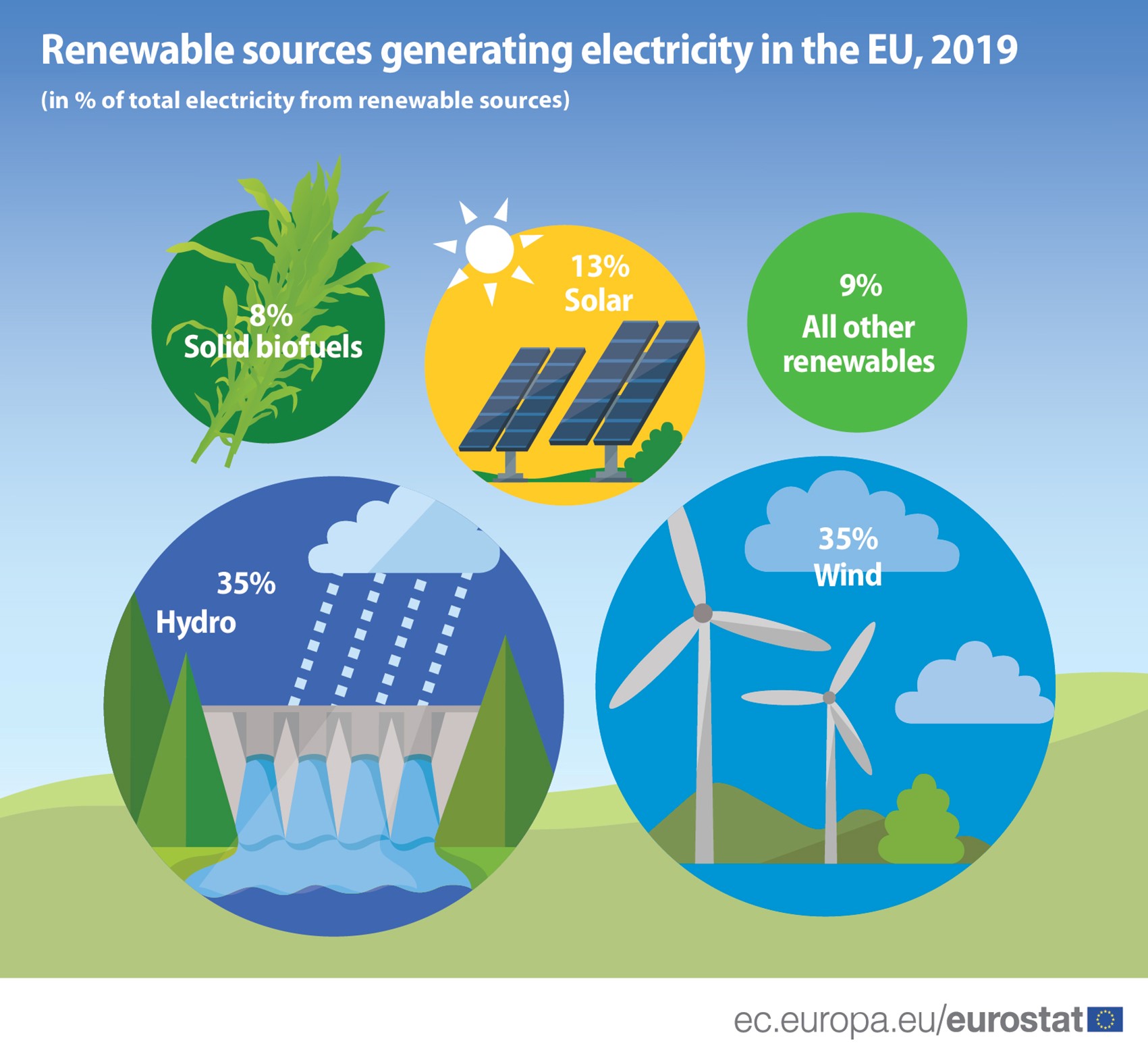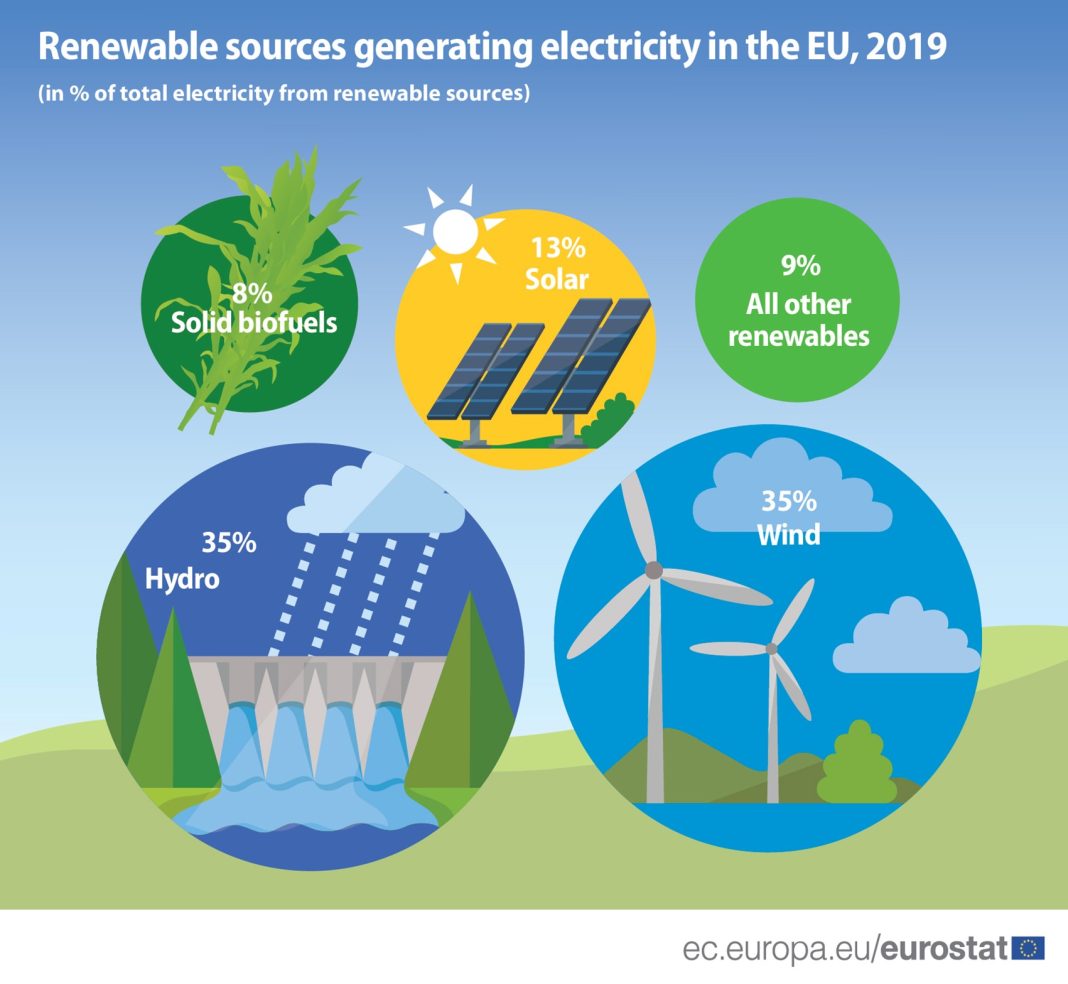 Queensland Government Supports Transition to Renewable Energy for Boyne Aluminium Smelter
Queensland Government Supports Transition to Renewable Energy for Boyne Aluminium Smelter
The Queensland government has announced its partnership with mining giant Rio Tinto to facilitate the transition of the Boyne aluminium smelter in Gladstone to renewable energy by 2029. This collaboration is part of the government’s “Energy and Jobs Plan,” which aims to provide economic support for the smelter’s transition. While the exact cost to Queenslanders has not been disclosed, it is expected to involve subsidizing energy costs for the smelter, which is a significant electricity consumer.
Rio Tinto wrote off the smelter’s value last year, citing the high energy costs as the primary reason. Former CEO Jean-Sebastien Jacques had previously expressed concerns about the viability of Australian smelters like Boyne due to the combination of high electricity costs and low aluminium prices. However, this partnership with the Queensland government aligns with the federal government’s commitment to a decarbonized aluminium industry as part of its Future Made in Australia Plan.
As part of the agreement, Rio Tinto will invest in maintaining the full operational capacity of Boyne Smelter Limited (BSL). The smelter, with an annual production capacity of over 500,000 tonnes of aluminium and employing more than 1,000 people, is a crucial contributor to the local, Queensland, and national economy. Rio Tinto currently holds a 73.5% stake in BSL after acquiring Mitsubishi Corporation’s 11.65% interest earlier this year.
Furthermore, Rio Tinto plans to expand its coastal shipping capacity by adding a fifth domestically-crewed vessel to its existing fleet of four. These ships are responsible for transporting bauxite from Rio Tinto’s Gove and Weipa mines to its operations in Gladstone. The company has also committed to additional sustainable energy investments in Queensland, building upon its current involvement in Australia’s largest solar and wind projects throughout the state.
In a significant move towards utilizing solar energy, Rio Tinto has signed a 25-year agreement with European Energy Australia to purchase all electricity generated by the proposed 1.1 GW Upper Calliope Solar Farm. This initiative reflects the company’s commitment to greener energy sources and reducing its carbon footprint.
Under the terms of the partnership, Rio Tinto is obligated to operate the Boyne smelter at full capacity until the end of 2040. The company must also commit to ongoing maintenance and capital expenditure and meet employment requirements. Kellie Parker, the current Chief Executive of Rio Tinto Australia, believes that this agreement marks one of the most significant partnerships in the company’s history in the state. Parker emphasizes that the partnership will not only support employment but also contribute to lowering Australia’s carbon footprint. Additionally, it will secure Australia’s position as a leading global supplier of aluminium, a crucial material for the green energy transition.
While this collaboration is a crucial step in the right direction, both the Queensland government and Rio Tinto acknowledge that more work needs to be done. They plan to continue engaging with the federal government to develop industry policies that will sustain Australia’s green aluminium sector in the future. By doing so, they aim to ensure the long-term viability of the Boyne aluminium smelter and contribute to Australia’s commitment to clean and sustainable energy.


